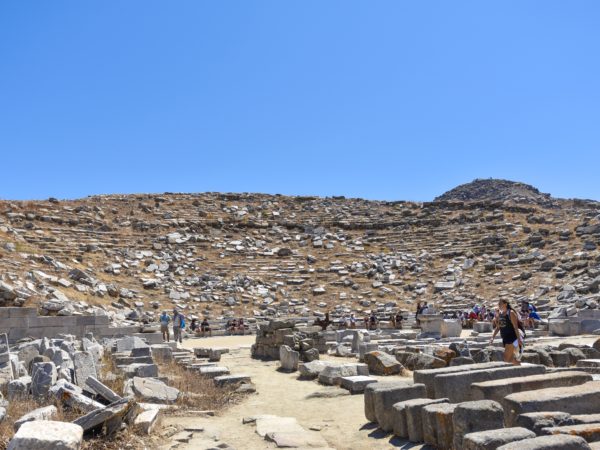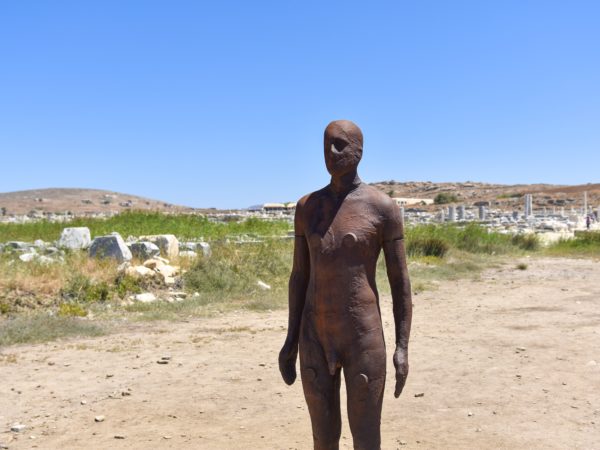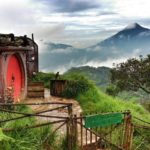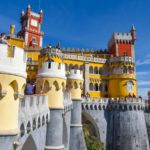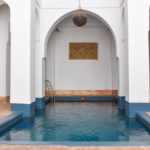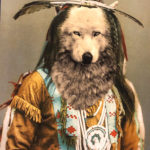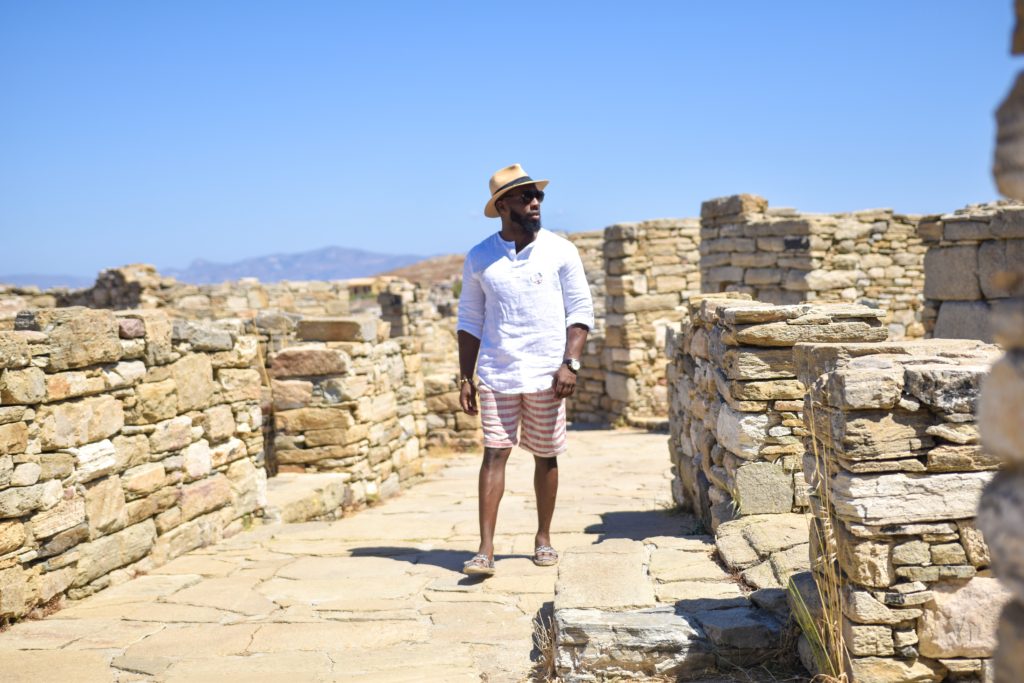
The Cyclades islands are probably the most famous island group in the Aegean Sea and they comprise some of the most beautiful islands in the world. Gorgeous sandy beaches, stunning blue and white architecture, hospitable people, a trip to these islands can be a very memorable experience. The name “Cyclades” actually refers to the islands forming a circle around the sacred island of Delos. The small island was a political force and important religious center and if you consider yourself a Greek history and mythology buff ,then the uninhabited island of Delos should not be missed.
How To Get To Delos
Delos is one of the most important archaeological sites in Greece. The only way to visit this island is by boat from Mykonos, Paros, or Naxis. After a bit of research, I decided the best way to do this was with the company Greeka.
First and foremost, Greeka’s Delos Island in Mykonos Tour received great reviews. Secondly, it was very easy to book the tour on the website. Believe me, the last thing you want on vacation is a hassle booking an excursion. The tour also provided a transportation via boat from Mykonos to Delos and a tour guide once I arrived. I didn’t realize the value of the tour guide until I arrived. There’s so much history on the island and Literally everything I needed.
On the day of the tour I arrived at 9:30 to Deliana port in Mykonos Town, signed in and boarded the boat. The boat was fairly large and the trip to Delos took about 30 minutes. The ride itself was very smooth, so much so, I dozed off on the way back. When we arrived, we disembarked and located our tour guide who was holding a sign.
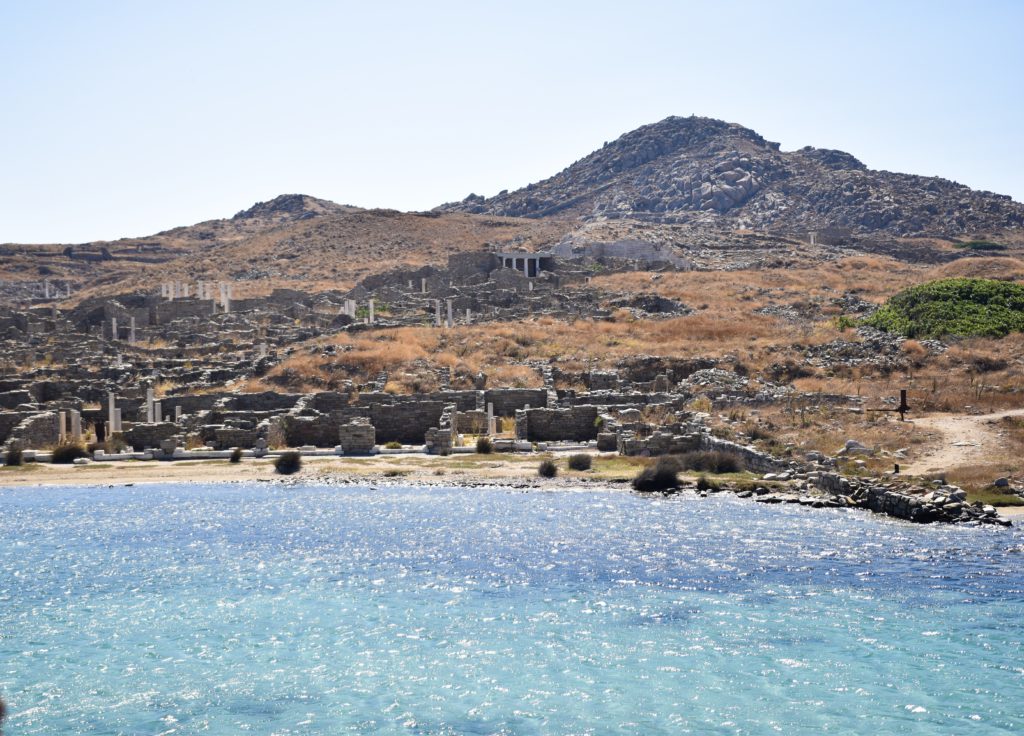
Delos History
Delos is small, barren island, measuring just 3 miles long (5km). There is evidence that the island was inhabited as far back as 3000 B.C. It was well preserved throughout the centuries due the fact that it remained uninhabited since the 7th century AD due to its remote location.
The island of Delos was also one of the most sacred places of ancient Greece. In Greek mythology, because the land is so barren and uninhabitable, Leto fled here to escape the wrath of Hera to find sanctuary in order to give birth to the god of light, Apollo, and his goddess sister Artemis, rendering the island sacred. It was so sacred that in 425 B.C. no person was allowed to be born or die on the Island. That meant that women on the brink of childbirth and people close to dying would be carried to the neighboring island of Rineia.
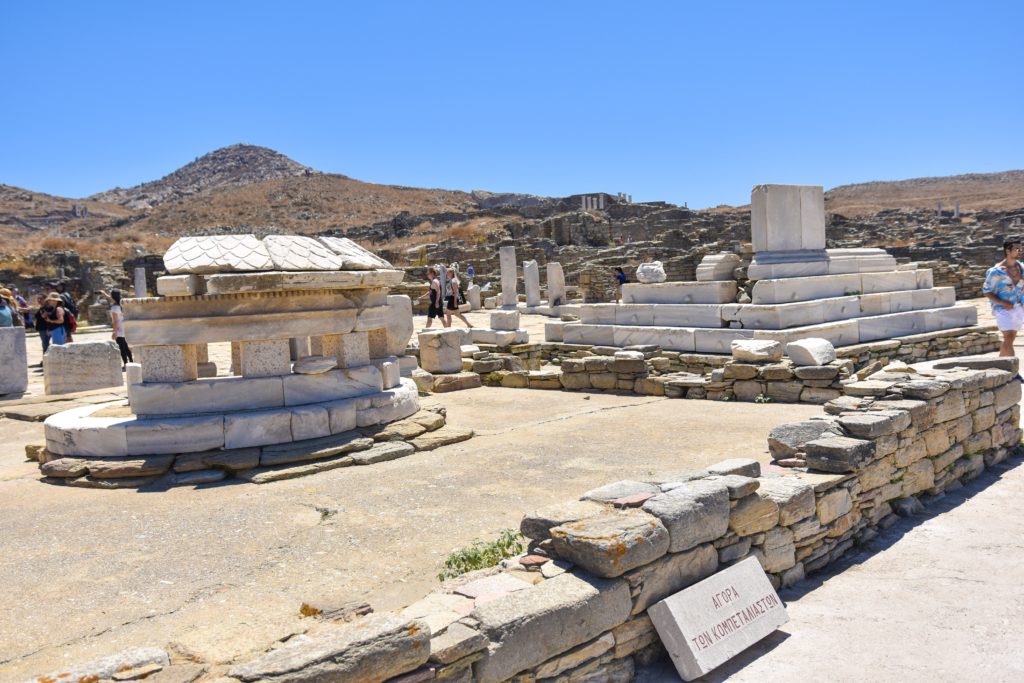
Given Delos reputation as a sacred Island, the Island began attracting large numbers of devotees. Religious festivals were great economic engines for the islands, attracting thousands of pilgrims and generating healthy economic growth. In addition, Delos, also become one of most robust trade centers due to its location at the very center of the Aegean Sea, allowing seafarers to meet it in the middle of their journey as they sailed from the major commercial centers of the Aegean. An estimated 750,000 tons of merchandise passed through the port each year during the first century B.C.
Delos had a diverse complex of buildings, including a monumental gateway entrance to the site, a theatre that housed 5000 spectators built in 300 B.C., a stadium, gymnasium, hippodrome, an agora and a sacred lake, guarded by marble lions. The Island also once had temples dedicated to Apollo, Leto, Artemis, Hera , Zeus, Athena, Hercules, and Asclepius. From the 6th century BC, the temple of Apollo housed an 26 foot (8m) high statue of the god made of wood and covered in gold.
Over the centuries, Delos was a cosmopolitan center with a diverse population that included people from all around the Mediterranean. The population continued to increase, with many citizens of other cities settling on the island to take advantage of its position as a strong commercial center. In 88 BCE, the Romans razed the island and, ultimately, Delos never recovered. It’s population dwindled and by the 3rd century BC, only a small Christian community called it home.
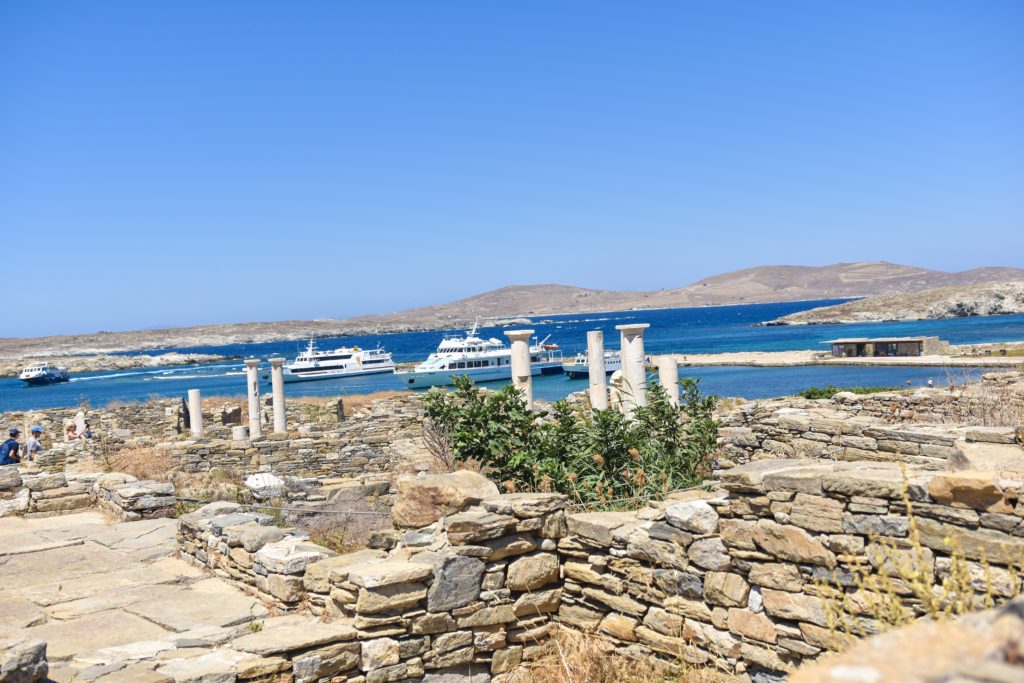
What’s On Delos Today?
The French School of Archaeology began excavating Delos in 1873 and today, the archaeological site on the island is the remains of a sanctuary of the gods Apollo and Artemis,and the city that ultimately developed around it. You can see many remnants of the ancient civilization including, a Temple dedicated to Isis. I found this interesting because Isis is an Egyptian goddess representing the ideal mother and wife and was later worshiped by both the Greeks and Romans.
You will also encounter the Terrace of Lions overlooking the Sacred Lake. These row of white marble lions are in a crouching position and seem to be guarding the lake. The date back from the 7th century B.C. and were a gift to Apollo from the people of the island of Naxos.
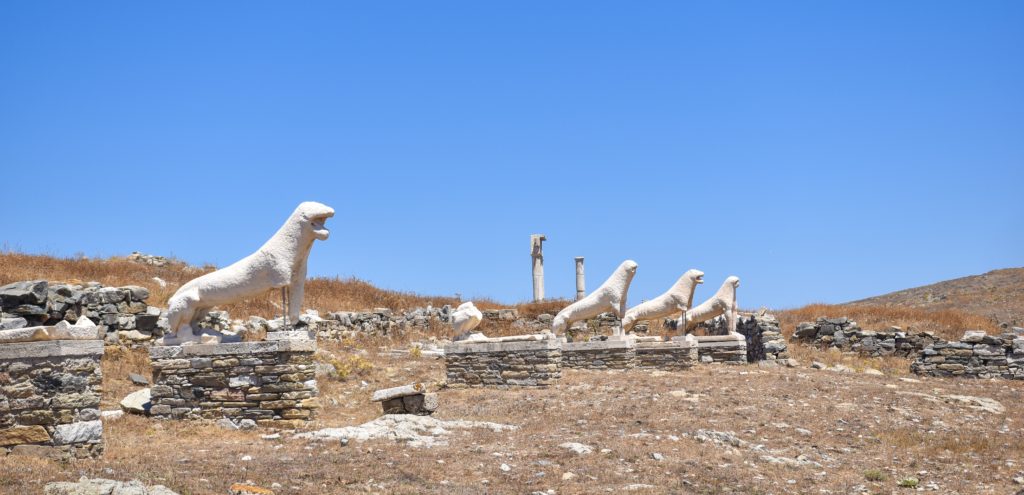
Terrace of lions
The streets in the city are narrow and paved with slate slabs. Many of the houses were about 16 feet high and had and uper level as well. One house of note is the house of the trident. It’s thought that this house probably belonged to a shipowner or merchant. The courtyard has a beautiful mosaic floor depicting a dolphin swimming around an anchor.
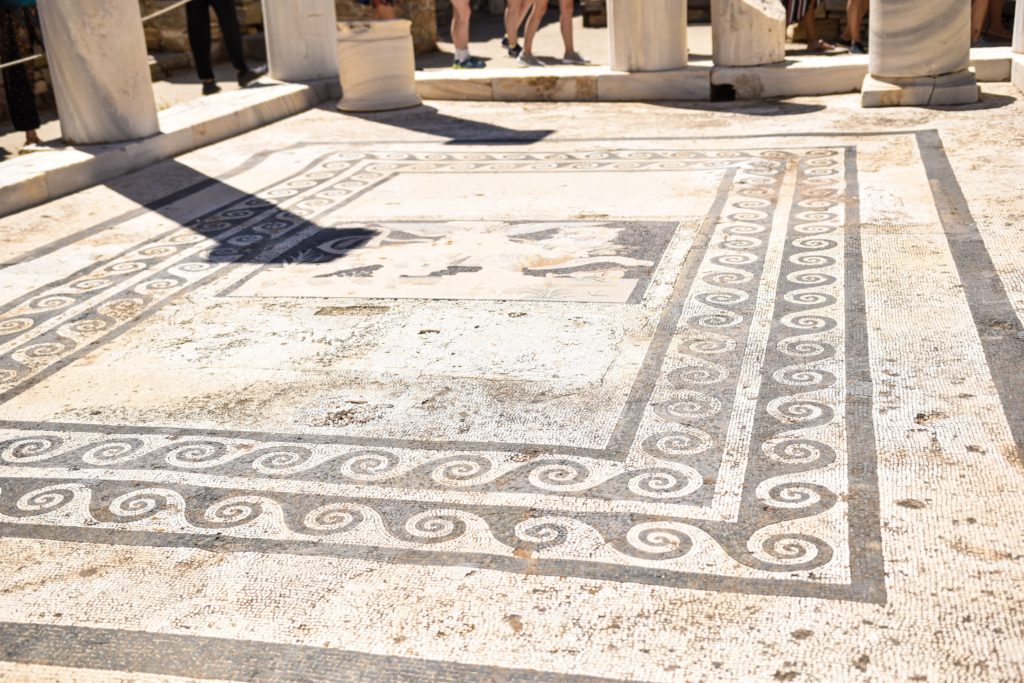
House of Trident
There is an on-site museum among the ruins that houses objects unearthed during the ongoing excavations. The musum displays an impressivecollection that provides insight into the daily life of the inhabitants of the island. Delos is a must see for anyone with a passion for ancient history. As isolated as Delos is from the modern world, it’s one of those rare places where one feels closer to the ancients.
You can find Greeka online at www.greeka.com/
Instagram: @greekacom
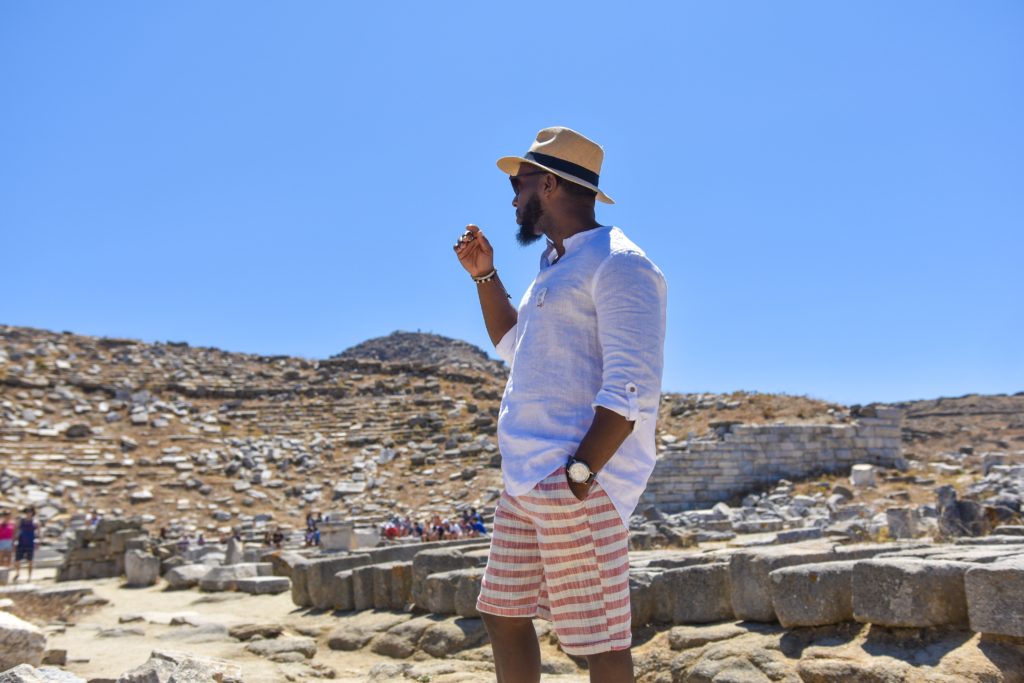

Geron is an avid traveler, entreprenuer and mens style aficionado. He love’s mac and cheese, getting discounts, his momma, and a good whiskey, not particularly in that order. It’s alleged he lives in Miami, but no one really knows anymore.
Follow him on instagram at @geronp
